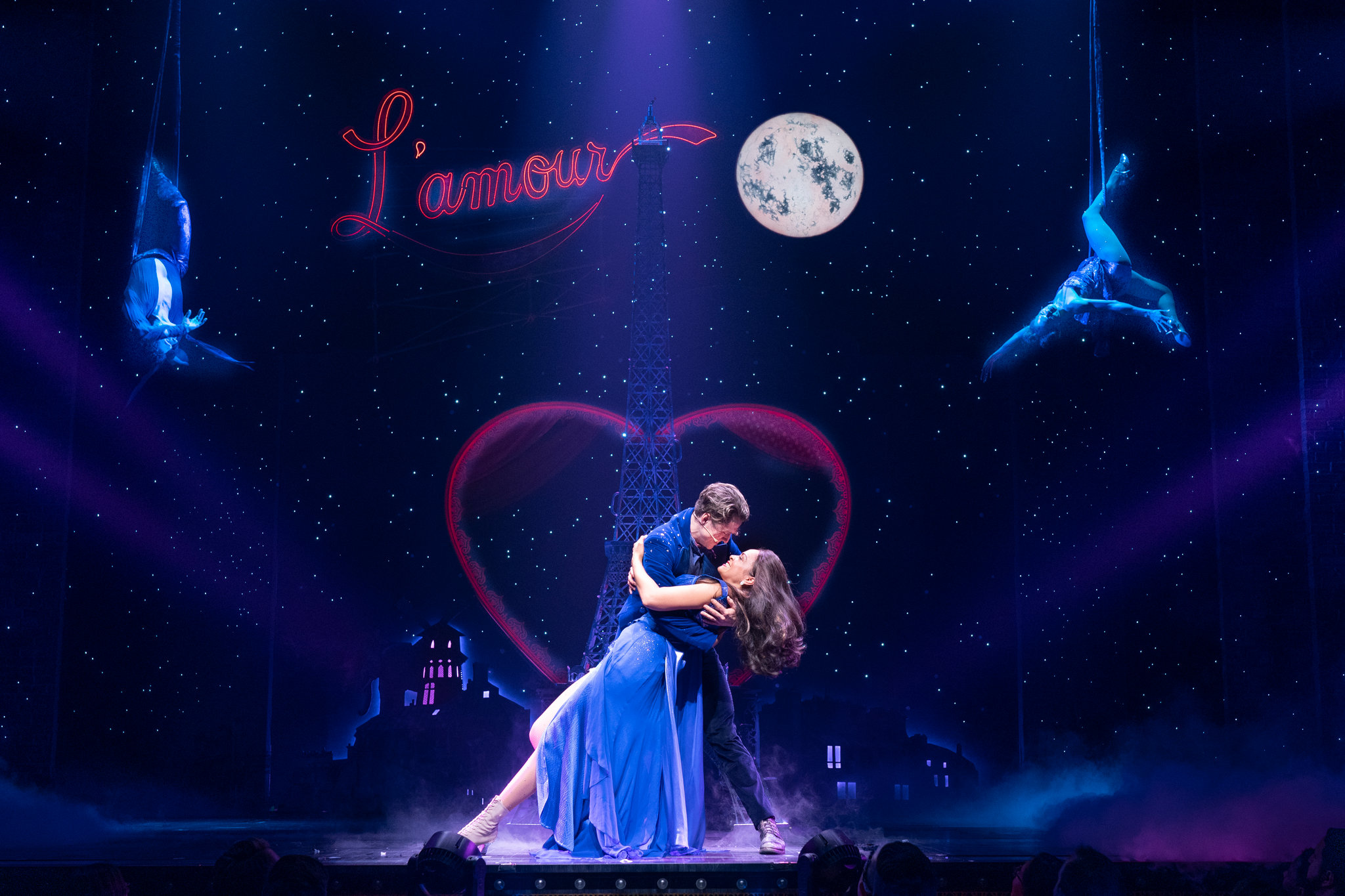Table of Contents Show
In the transition from screen (2001) to the Broadway stage (2018), Moulin Rouge! underwent some changes. These changes ranged from the tweaking of song lyrics, the addition of songs, and even some alterations to the story itself. One of the biggest changes between the two productions of the story is the character of the Duke.
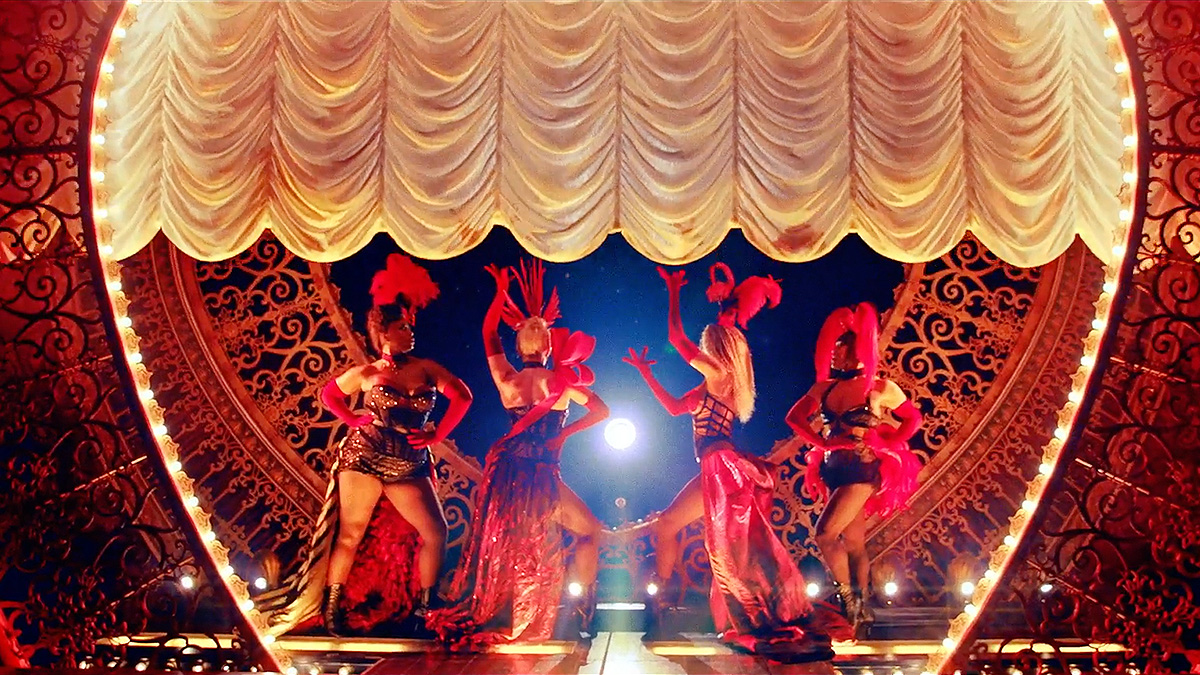
Welcome To The Moulin Rouge
The core story of the Moulin Rouge! features a love triangle between the three main characters: Satine, Christian, and the Duke. Both Christian and the Duke are in love with Satine. Satine is an adored prostitute at the infamous Moulin Rouge in Paris, France. Unfortunately for Satine, she is sick with tuberculosis, and her sickness is only getting worse. Upon first seeing her perform, Christian, a broke writer, falls in love with her. The problem is that Harry Zidler, the owner of the Moulin Rouge, has traded Satine to the Duke for the Duke’s investment in the nightclub.
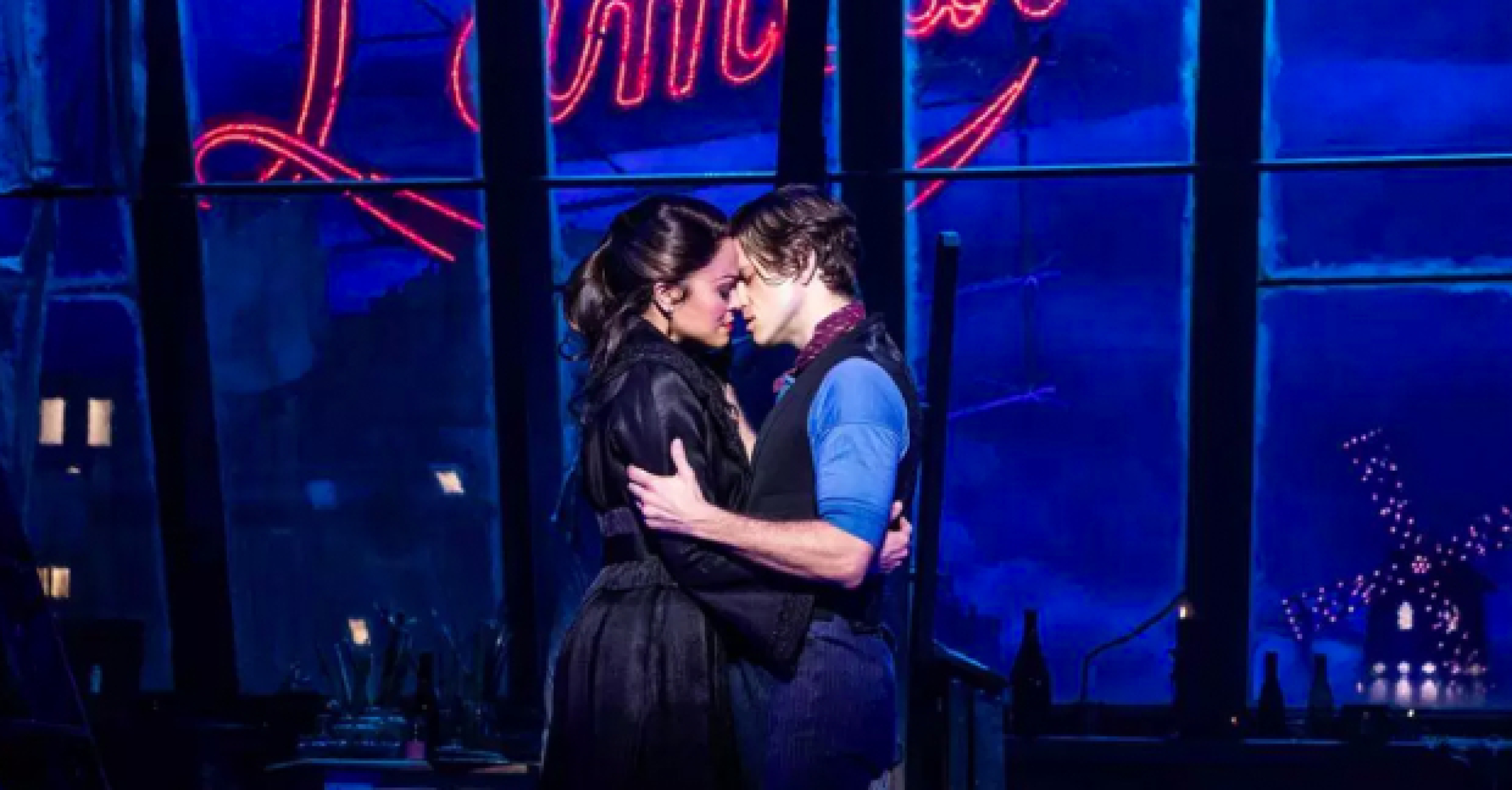
Satine and Christian fall in love with each other, but Satine must keep up appearances with the Duke. As rehearsals are underway for Christian’s musical showcase at the Moulin Rouge, Satine and Christian continue to see each other in secret until the Duke finds out. He then forces Satine into telling Christian that she doesn’t love him. However, Satine’s and Christian’s love is so great that they still publicly proclaim their love before Satine dies in Christian’s arms due to her sickness.
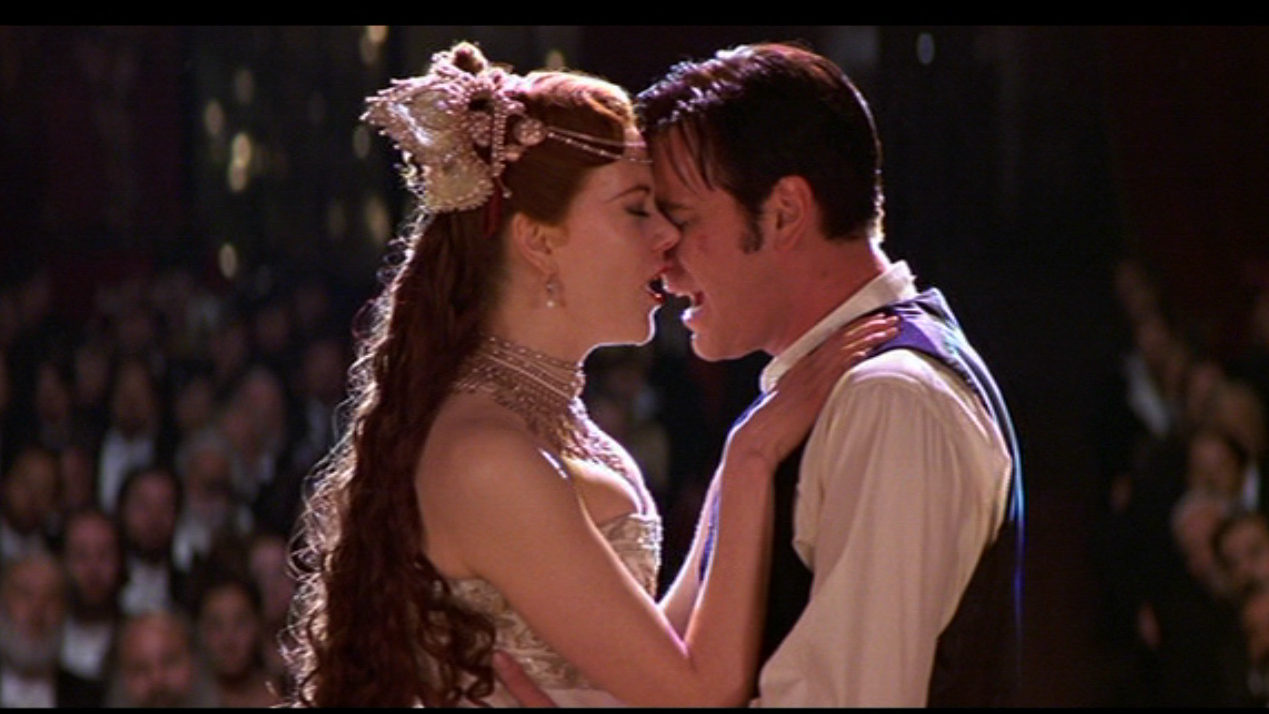
In both the movie and the Broadway versions, the core story doesn’t change. However, the Duke’s characterization and the way he affects the story is altered. The two biggest things affected by the Duke’s change are his interactions with Satine and the end of the story. While the Duke abuses and tries to control Satine in both versions, the Duke’s motivations and demeanor are different. These seemingly small changes in the Duke create two separate characters who impact Satine’s and Christian’s love story differently.
Seeing Double: The Demeanors Of The Two Dukes
Since the movie is the original version of this story, it will be used as the basis of comparison between the movie (( Lurhmann, Baz, director. Moulin Rouge! Twenty Century Fox Home Entertainment, 2001. )) and the Broadway adaptation. The two Dukes are on opposite sides of the same spectrum. One is weak-willed and slimy, while the other is confident and suave.
The Movie Duke
For the love triangle between Christian, Satine, and the Duke to work, there has to be some reason why Satine doesn’t abandon the Duke the moment she falls in love with Christian. In the movie, Satine has two main reasons: Harry Zidler gives the Duke the deed to the Moulin Rouge, and the Duke promises to use his resources to make Satine a famous actress. The Duke wants to cater to Satine’s wildest dream in order to woo her.
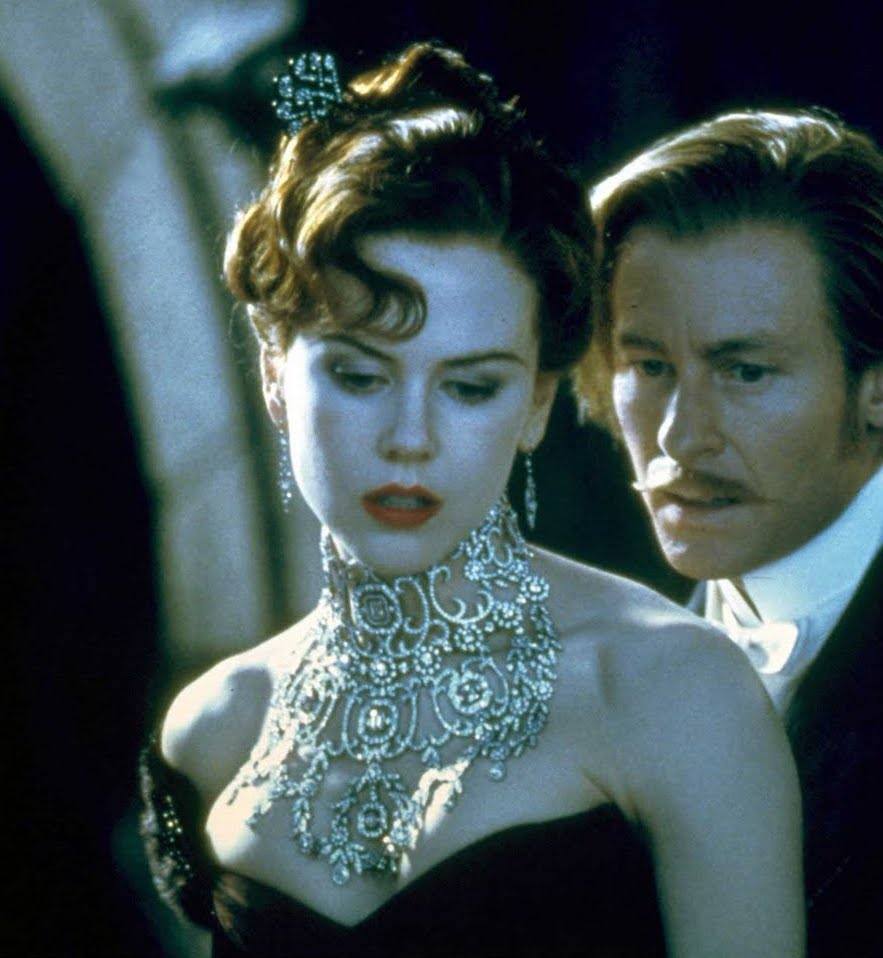
But, despite all the Duke has to offer, Satine’s love for Christian still pulls her away from the Duke. One point of tension between Satine and the Duke is Satine’s unwillingness to sleep with him. Early on in the movie, Satine convinces the Duke that they should wait to have sex until closer to the premiere of Christian’s musical show. The Duke agrees to this arrangement because his weak will is charmed by Satine. However, when Satine ultimately refuses the Duke, her rejection enrages him. The Duke is unable to earn Satine’s love or her body.
The Broadway Duke
In the Broadway version (( Logan, John. “Moulin Rouge: The Musical.” Moulin Rouge!, 2018. )) of the story, Satine feels obligated to entertain the Duke for two main reasons: Satine knows she is dying of consumption and wants a cushioned life, and she wants to protect the Moulin Rouge by making sure the Duke doesn’t pull his money out. This version of the Duke has no interest in Satine’s hopes and dreams. He just wants a beautiful woman to call his own.

The Duke is arrogant, suave, and the same age as Satine. He stands out from the romantic leads due to the musical’s display of his high-class culture, which is implied but not seen in the movie. The demanding Duke and Satine maintain a sexual relationship from the beginning. Therefore, his big goal is to win Satine’s love, which he ultimately fails to achieve. Much like the movie Duke, the Broadway Duke tries to buy her love. However, unlike the movie Duke, this Duke tries to change Satine along the way.
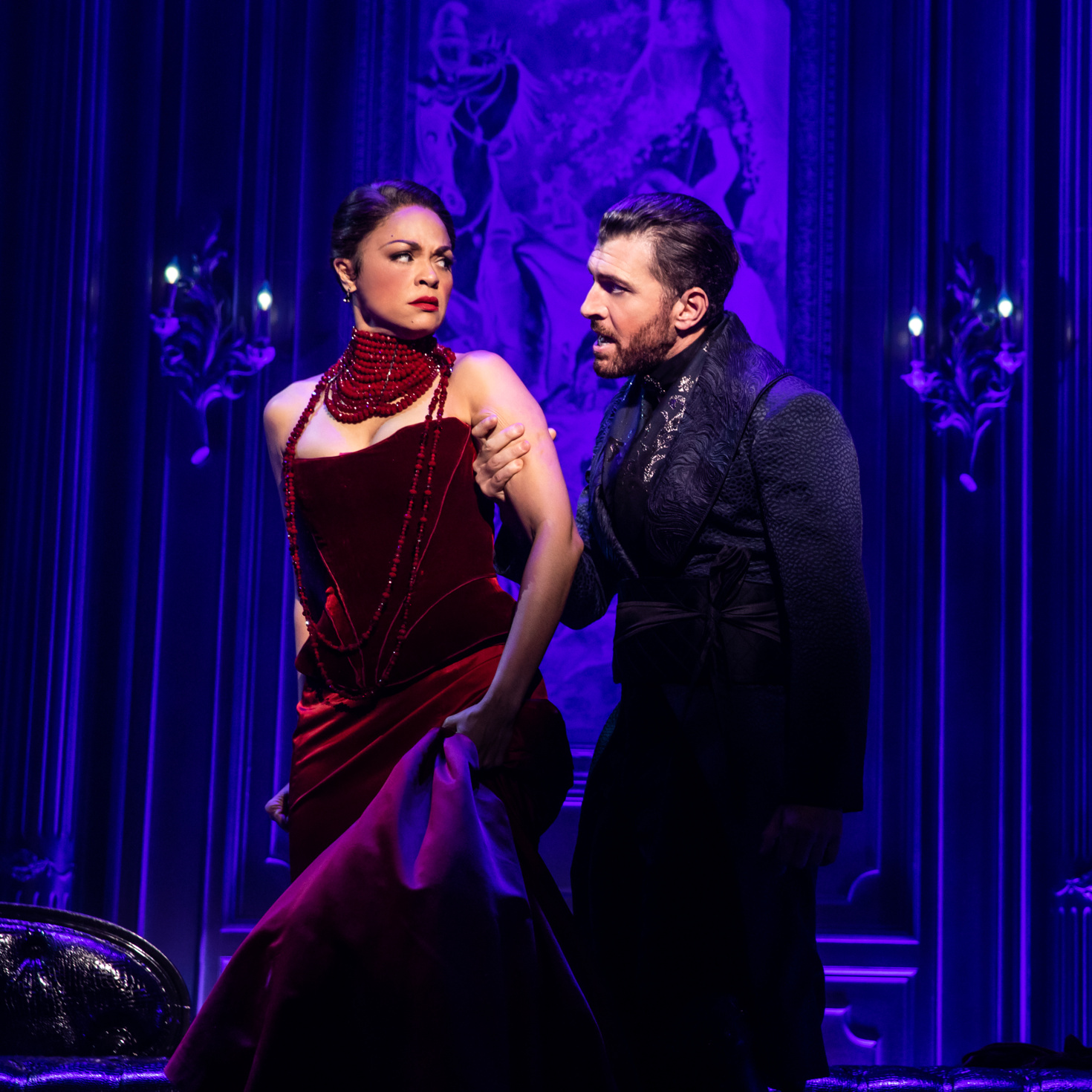
The Broadway musical shows audiences the Duke’s high-class society who dress and act differently than Satine and her friends. So, the Duke transforms Satine’s wardrobe and demands that she act differently. He tries to change her to solidify his hold on her and make her “good” enough for his society. He wants Satine to abandon everything she’s ever known to suit his hopes and dreams, not hers.
The Spectacular Conclusion
These striking differences between the two versions of the Duke culminate most clearly at the end of their respective stories. While in both versions, the Duke does not get Satine and Satine dies, the tone of the story is affected by the Duke.
The Movie’s Hopeful Conclusion
In the movie, the Duke’s rage at Satine’s refusal to sleep with him leads him to double-down. He threatens to kill Christian should Satine not leave with him after the performance of Christian’s show. Despite Satine’s best efforts to keep Christian away, Christian replaces the lead actor and makes a surprise appearance in the show. He uses this stage time with Satine to publicly reject her. Christian then storms off, but Satine calls him back and reminds him of their love for each other.
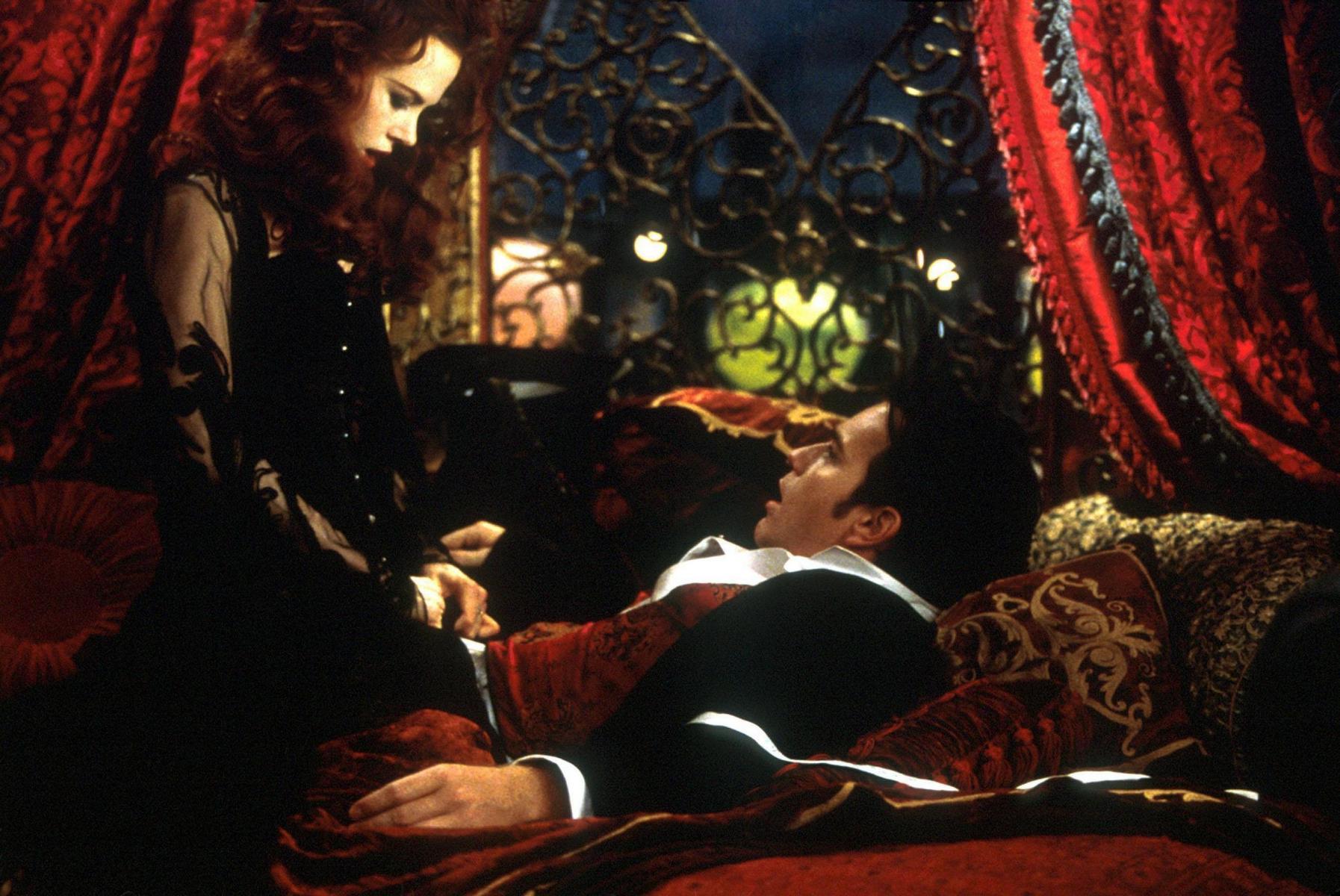
Due to his anger overseeing Christian and Satine on stage together, the Duke attempts to shoot Christian from the audience, but Harry Zidler stops him. The Duke leaves the theater alone before Satine dies. Since the Duke owns the Moulin Rouge, he shuts everything down, and the Moulin Rouge falls to disrepair. Christian, too, is left alone and heartbroken after Satine dies. But, he eventually finds the strength to pick himself back up and find hope.
Broadway’s Happier Conclusion
At the end of the Broadway version, the Duke isn’t even present at the performance of Christian’s show. Before the performance begins, Satine confronts the Duke with other members of the Moulin Rouge. Almost everyone at the Moulin Rouge hates the Duke somehow, so Satine and her friends force the Duke to leave, regardless of the effects his departure will have on the Moulin Rouge.

At the end of the performance, the conflict is not caused by the Duke but by Christian himself. Much like in the movie, Christian makes a surprise appearance at the performance, confronting Satine on stage. However, in this version, Satine’s rejection at the behest of the Duke shatters Christian. Christian confronts Satine on stage by pointing a gun at her, which he quickly turns on himself, planning to commit suicide on stage. But Satine convinces Christian to put the gun down, and their love story is reignited shortly before Satine dies.
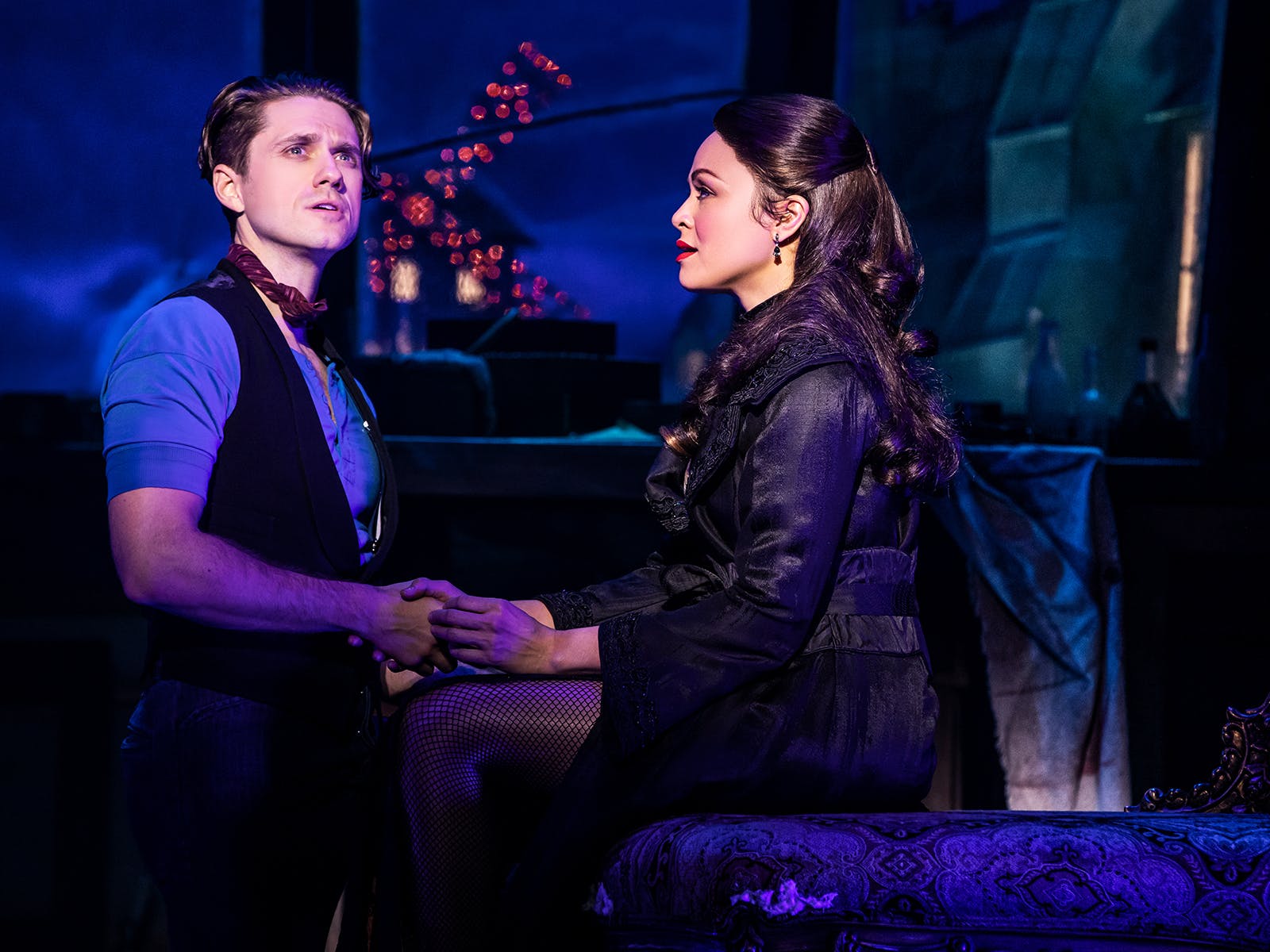
Partially due to the lack of the Duke at the end of the story, the Moulin Rouge survives and enters a new age of prosperity after Satine dies. Compared to the movie, the ending of the Broadway version is much more uplifting. It focuses not on Satine’s death but on love overall.
How Much Does An Antagonist Change A Story?
Antagonists are crucial elements of a good story, as they provide the most interesting part of the story: the conflict. In the Moulin Rouge!, the Duke acts as an inhibitor for Satine’s and Christian’s love story. He helps make it more interesting.
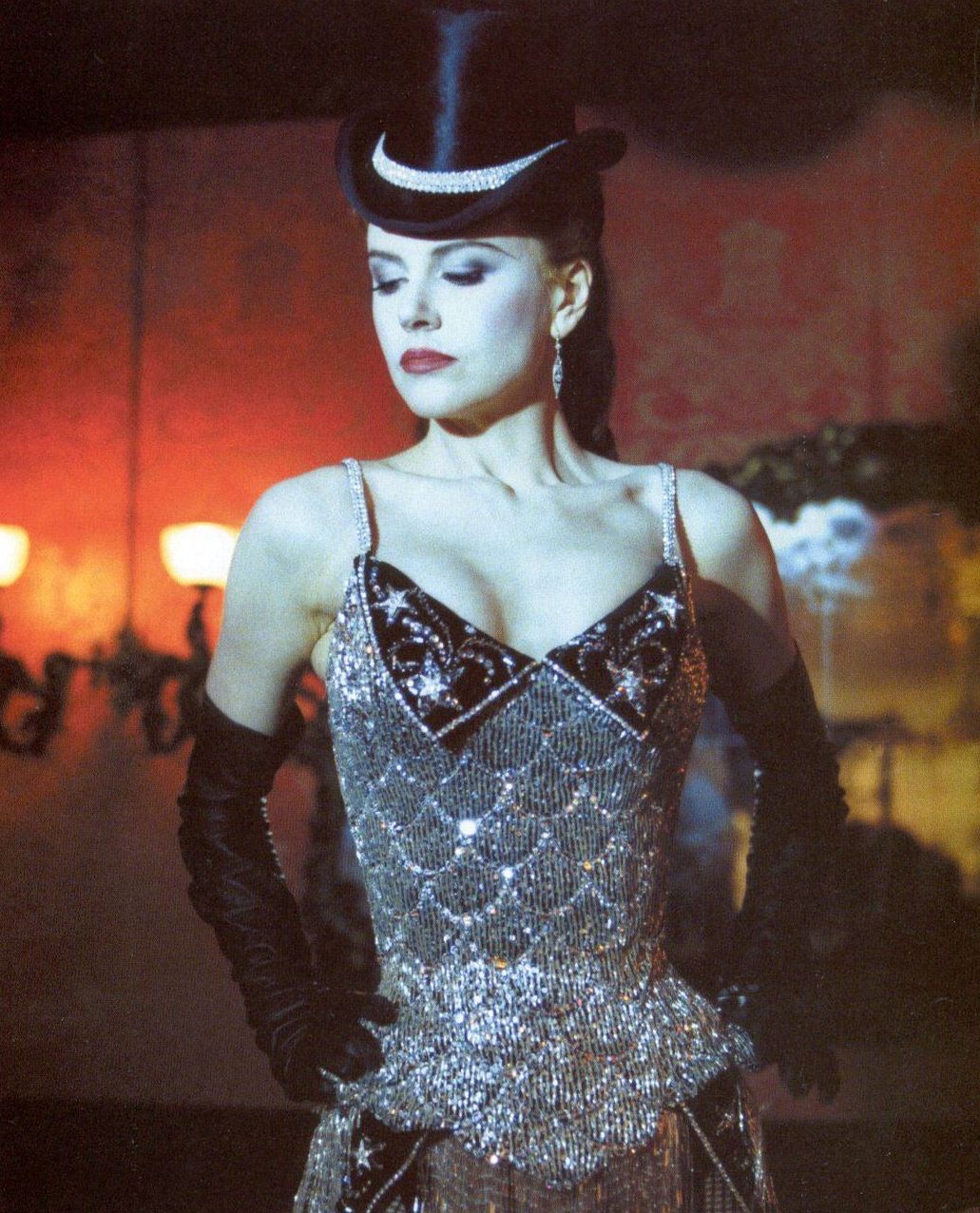
Due to the antagonist’s importance, different versions of an antagonist will affect their stories in their own ways. Most importantly, changing the antagonist will often change the ending. In the movie, the message at the end of the story is mostly somber, with a reminder of the effects love can have on a person. The destitution of the Moulin Rouge, which adds to the somber tone, is directly caused by the Duke ruining the nightclub after Satine leaves him.
However, in the Broadway musical, the story ends on a far happier and more hopeful note. The tone’s shift is largely due to the Duke, as everyone’s hatred for him banded them together. This unity also makes it easier for Harry Zidler to regain financial control of the Moulin Rouge, which solidifies the happier ending.
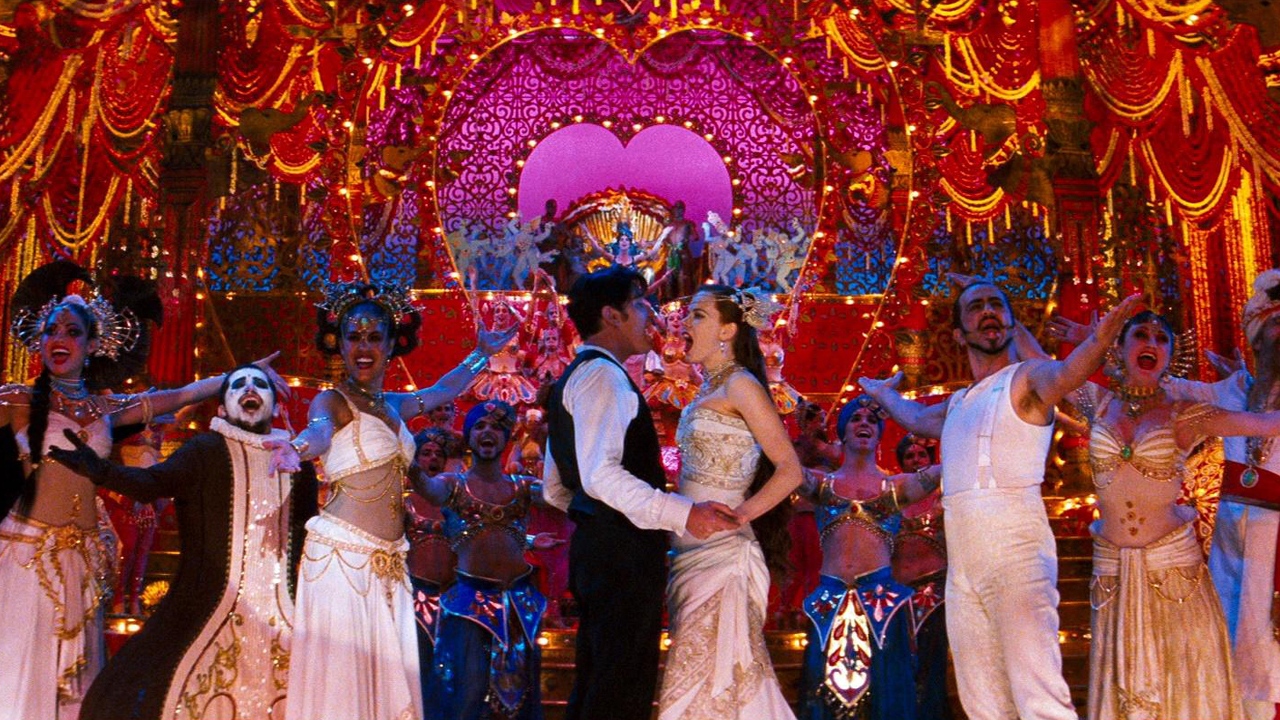
Moulin Rouge! provides a unique opportunity for audiences to really dig into and explore just how much an antagonist can make a difference. Discover the difference for yourself by watching the movie and listening to the Broadway soundtrack. You may be surprised by what you find.
